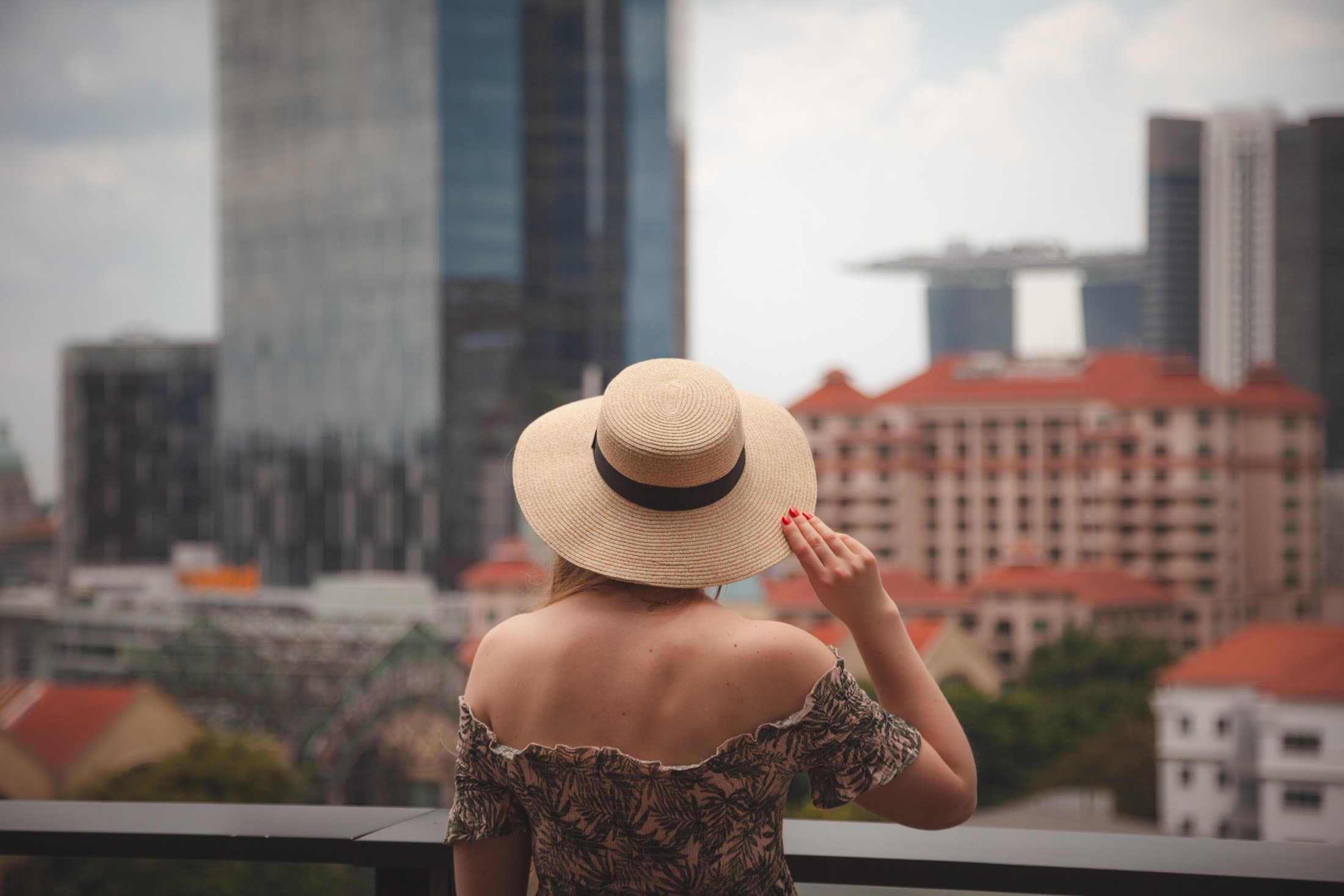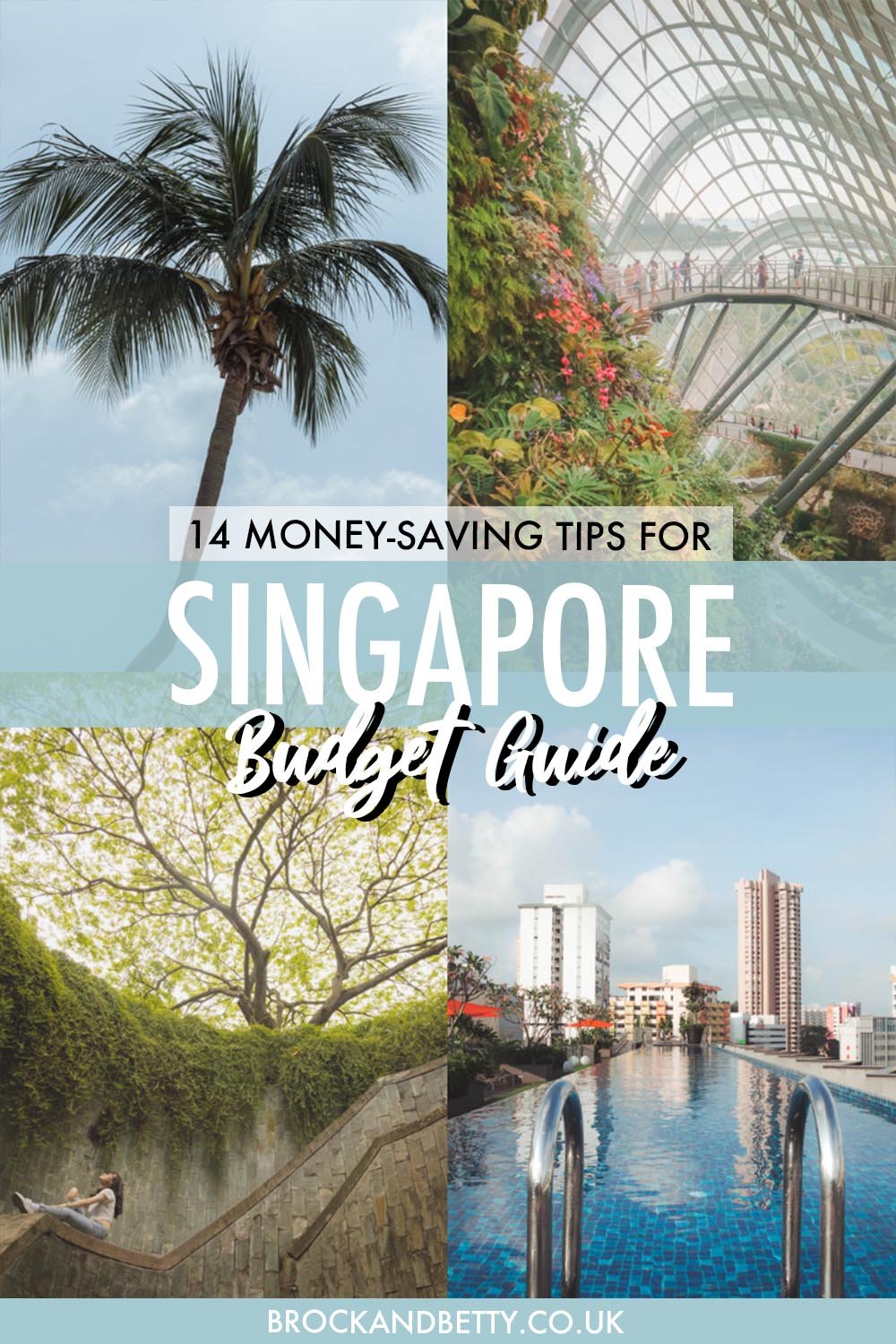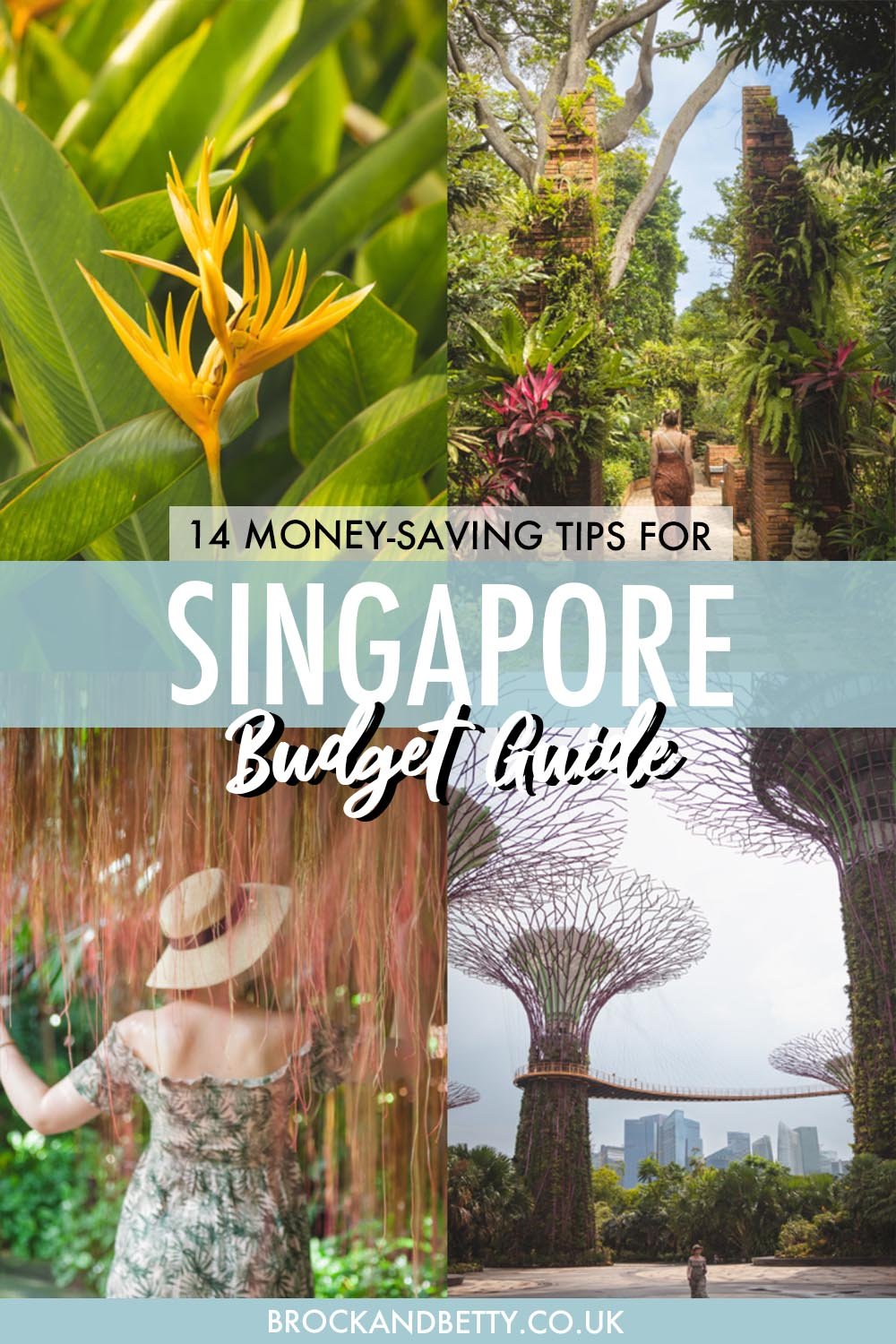14 Money-saving Tips for Singapore
SINGAPORE ON A BUDGET
Singapore is a city-state filled with botanical beauties, award-winning cuisine and world-class attractions.
The country can have the reputation for being very expensive, but don’t let that put you off. If you plan ahead and know a few handy tips before and during your travels then this can really help you save money.
We love Singapore. We’ve been 4 times this year so far, and with each time we find somewhere new to explore and something new to do.
If you’re planning on visiting Singapore then head to our travel guide “Singapore on a Budget” for tips on what to do, shop, explore & eat.
. . .
So this article covers 14 handy tips on how to save money during your time in Singapore. From recommendations of where to eat to tips on tickets, transport, apps and more. We’ve got you covered.
TRANSPORT
1. EZ-Link card
An EZ-Link card is an efficient way to save money on public transport while in Singapore. The card is valid on all public transport including LRT, MRT and buses. It offers discounts on travel fares, and free rides and you also only pay for the exact distance you travel rather than a flat rate.
You can buy the card at the TransitLink Tourist Office at Changi Airport when you first enter Singapore or any MRT (Mass Rapid Transit system) station.
The EZ-Link card can be purchased for $12 and provides you with $7 credit to begin with. You can top up your card at a machine in all MRT stations, 7-11 convenience stores (but they charge a fee) or Transitlink offices.
2. Don’t get a taxi
As in any country, taxis can be very expensive and the prices are unpredictable. Many Asian countries don’t have Uber (a cheaper alternative to taxis) but Singapore has Grab.
Grab is Singapore’s most popular ride-hailing app and is much cheaper than Taxis in Singapore. With Grab you can see the set price of your journey before you book and that price doesn’t change during the ride.
TICKETS
3. Book in advance & indirectly
When booking tickets for attractions it can sometimes be cheaper to book online and in advance. We did this for the ArtScience Museum on the Pelago website and saved $20 in total on our two tickets.
Some websites have a free cancellation policy and discount codes for new customers as well. Pelago was also offering 10% off the first booking and Klook had 5% off your first booking. But if we booked direct on the Museum website they didn’t have any discount offers and you couldn’t cancel the booking.
There are many websites selling the same tickets with varying prices so do your research and find the cheapest deal. Some websites also sell cheaper tickets for weekdays rather than weekends.
4. Combo tickets
If you’re planning on visiting multiple attractions it can be cheaper to buy a combined ticket rather than separate individual tickets.
As an example:
The Pelago “Singapore Attractions Pass” is a pass for up to 5 attractions. You can choose 2 to 5 out of 19 attractions on offer and you can save up to 50% with their bundle discounts.
The GetYourGuide Singapore “Go City All-Inclusive Pass” covers 40 attractions allowing you to save up to 40% compared to buying separate tickets. You can visit as many attractions as you like by choosing from 2 to 7-day passes depending on the length of your trip.
5. Don’t get caught out with the wrong price
Many attractions in Singapore have two separate prices, one for the locals and one for foreigners.
Being from the UK this is unheard of so we were surprised to see this when we first came to South East Asia.
When doing your research websites might advertise the cheapest local price or that entry is free. But when you turn up or go to book you can pay a lot more being a tourist so don’t get caught out.
As an example:
National Orchid Garden // Local price: $5, Tourist price: $15
Singapore National Gallery // Local price: Free, Tourist price: $20
6. Utilise free things to do
There are so many amazing things to do in Singapore and many don’t cost a penny.
Here are a few of our favourite places to visit that are free in Singapore:
Southern Ridges
Gardens by the bay Rhapsody light show
Sentosa beaches
Fort Canning Park
Singapore Botanical Gardens
7. Check the calendar
Like every country, Singapore has cheaper and more expensive periods. Along with the more obvious school holidays, Christmas and New Year’s, Singapore has other national holidays that make visiting the city more expensive for flights and hotels.
One of the most expensive times to visit includes January for Chinese New Year. We visited at the end of December and the end of January and both times hotel prices were extortionate and fully booked.
So if you can be flexible with your visit, check the holiday dates before you book anything.
FOOD & DRINK
8. Plan eating out ahead of time
If you’re on a budget then it’s best to plan ahead for hotels, restaurants and things to do.
If you’re hungry and you walk into the first restaurant you come across you might be surprised by the hefty price of the bill at the end of the meal. If you do research ahead of time then you can find cheaper places to eat and drink.
Places like China Town and Little India have Hawker centres. These are open-air complexes that house multiple stalls that sell a wide variety of affordably priced food. Many hawker stalls have food from a few dollars onwards and some have even been awarded Michelin Stars!
Recommendation: Liao Fan Hawker Chan in China Town is known for being the cheapest Michelin Star eatery in the world. Your meal can easily come to under $10.
9. You can drink tap water!
If you’ve been to other Asian countries, you’ll know you can’t drink tap water (we avoid it at all costs!) But Singapore is one of the very few countries in Southeast Asia where tap water is actually drinkable. So no need to buy bottles of water or pay for water in restaurants, saving you money.
SHOPPING
10. Online deals
Similar to Groupon (a popular voucher website in the UK filled with deals) Singapore has a couple of similar websites. Fave and Chope are two sites offering many deals for eating out, activities and shopping in Singapore.
Tip: Make sure you read the fine print before you try and use the deal. Some are only valid for certain days & times.
11. Markets over Malls
Singapore is inundated with malls with designer shops and high-end boutiques. If you’re on a budget in Singapore then we’d suggest visiting the markets rather than the malls. A couple of places we’d suggest would be Bugis Street Market, Chinatown Street Market and Little Indian Arcade. These markets have a maze of vendors selling clothes, accessories, electronics, souvenirs and more.
APPS
12. MRT APP
The MRT is very similar to the underground in London. So we found it very easy to use. But when planning your route it’s handy to look at a map.
You can download an MRT app to help plan your public transport route. Many MRT stations have free public wifi as well but if not, you can download the map on your phone.
13. airport app
Changi Airport, Singapore’s international airport is world-class and had been voted as the number 1 airport in the world for many years.
Unlike most airports, Changi Airport has are so many attractions that you can just visit for the day. The airport has the world’s tallest indoor waterfall, the Rain Vortex, a butterfly garden, a sunflower roof garden and a mirror maze to name a few.
You can download the iChangi Airport app for travel information, activities and events. You can also track your luggage, redeem awards and pre-purchase travel essentials.
OTHER MISCELLANEOUS TIPS
14. Pack an umbrella
Whether you visit in the rainy season or in the summer, always bring an umbrella. Singapore is prone to heavy tropical rain showers so you don’t want to get caught out in the rain. Don’t let this put you off visiting as usually these rain showers don’t last long. So you can find a coffee shop or a never-ending mall to take shelter in while you wait for the rain to pass.
We’ve visited Singapore in winter (rainy season) and the summer months and both times we experienced heavy rain.
PIN FOR LATER
Have you been to Singapore and can share your recommendations? We’d love to hear them below in the comments!

















